Pompeys Pillar Montana
For decades, my family never seemed to be enough time to stop at the Lewis & Clark National Monument called Pompey’s Pillar. Located between Billings and Custer, Montana the historic 120-foot-tall sandstone formation bears the only remaining physical evidence of the Lewis and Clark Expedition. Imagine what a thrill it was to finally use exit 23 off Interstate 94 and explore Pompey’s Pillar on the Yellowstone River.
On July 3, 1806 south of present day Missoula, Lewis and nine men split from the of the party to further explore the Marias River area north of the Missouri River. Click here to see “Camp Disappointment” located east of Browning, Montana. The remaining members continued under the leadership of Captain William Clark. Among Clark’s party of 23 people were interpreters, Toussaint Charbonneau, his Shoshoni wife, Sacajawea and the their baby Jean Baptiste (whom Clark called Pomp). At Three Forks, 10 of the 23 in Clark’s party turned north to rejoin Lewis. Click here to see the Missouri Rivers State Park.
The Place Where The Mountain Lion Lies
The remaining thirteen continued east. After travelling almost 200 miles the Clark party came across a unique sandstone formation on the Yellowstone River. the Native Americans called “the place where the mountain lion lies.” Some observers suggest that sandstone formation, that is part of the Pillar, which resembles a mountain lion’s head, is the reason for the name. Another theory cites live mountain lion being spotted in the area*. Seeing the hundreds of petroglyphs and markings left by travelers during the past 12,000 years must have inspired Clark to make his contribution. On July 25, 1806, Clark carved his name and date on the soft sandstone surface. Captain Clark named the sandstone Pillar ”Pompy’s Tower” in honor of Sacajawea’s son Jean Baptiste Charbonneau. Nicholas Biddle, first editor of the Lewis and Clark journals, changed the name to “Pompeys Pillar.” * https://www.pompeyspillar.org/
Want to see more petroglyphs and markings? Click here for the Medicine Rocks State Park Picture Tour.

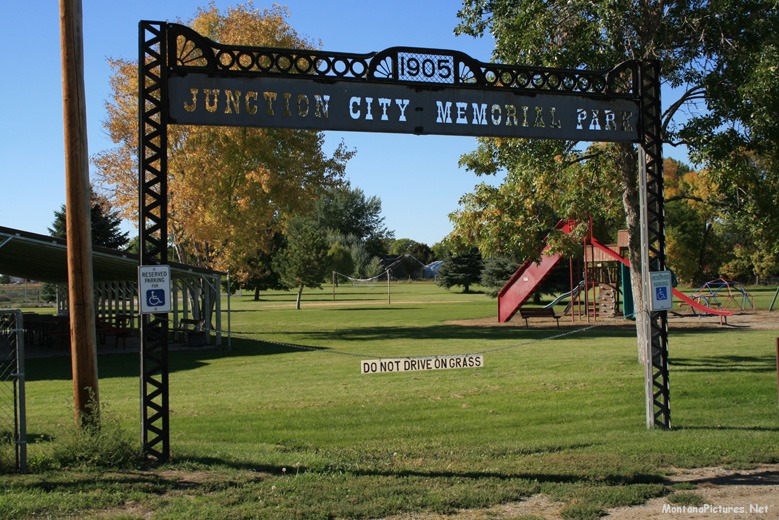
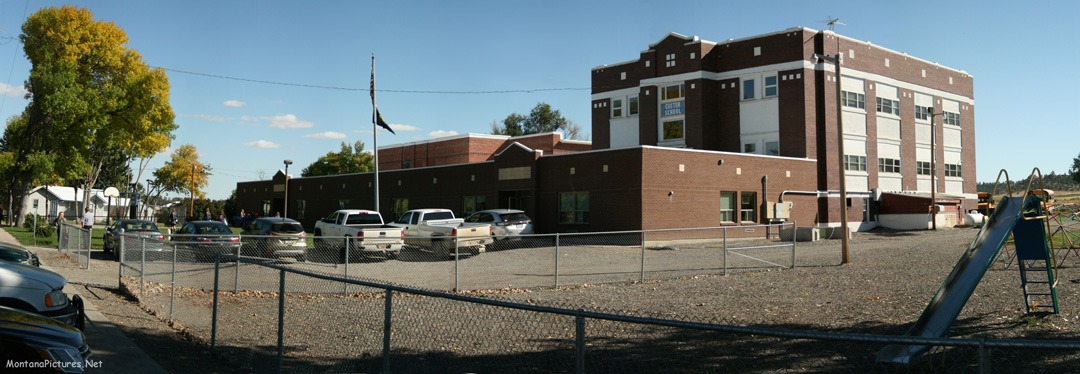
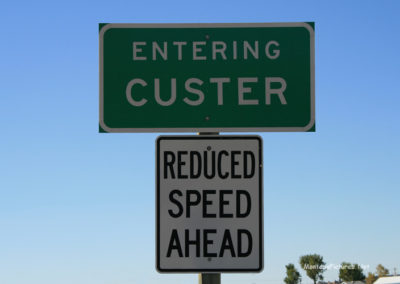
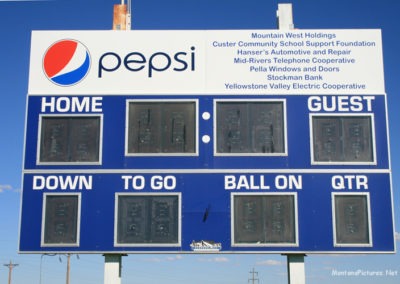
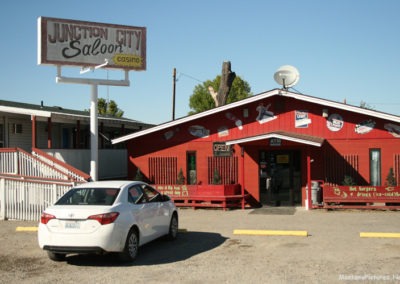
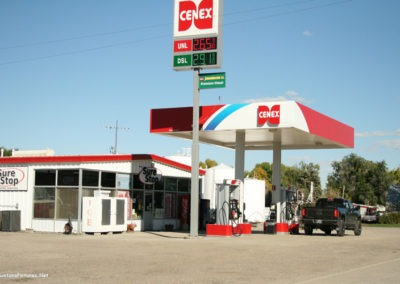
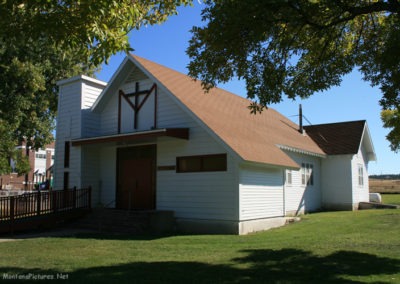
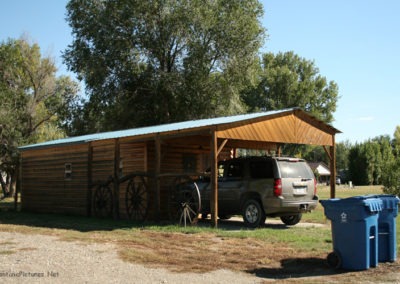
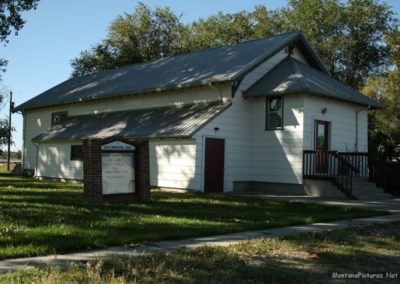
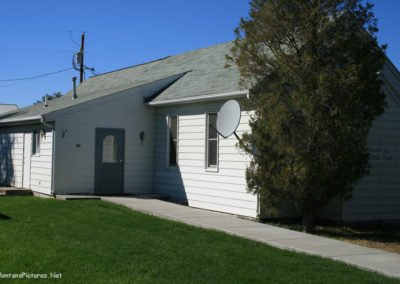
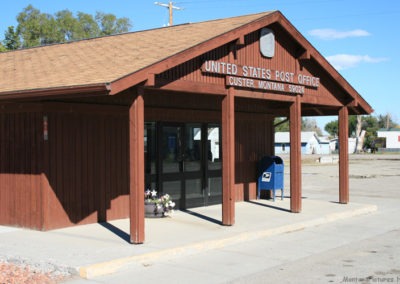

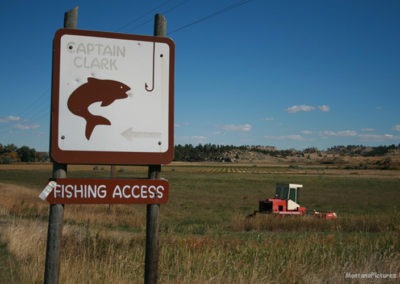
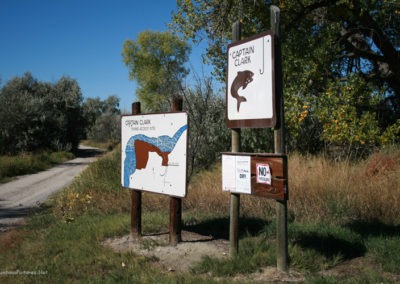
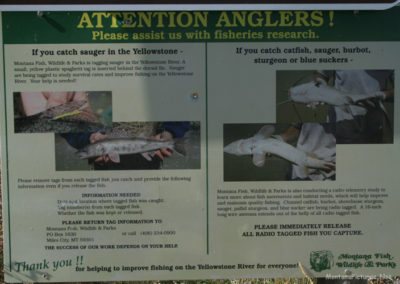
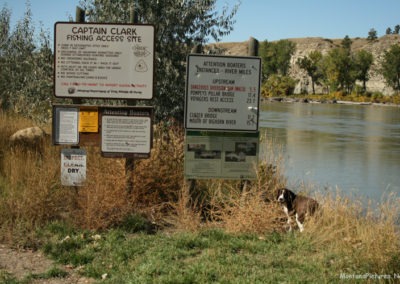
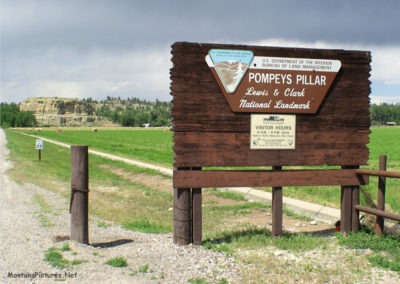
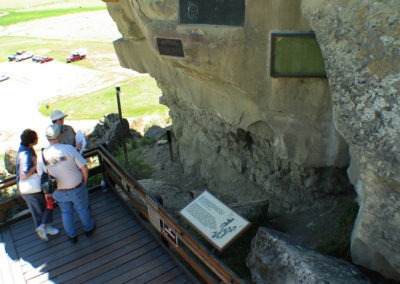
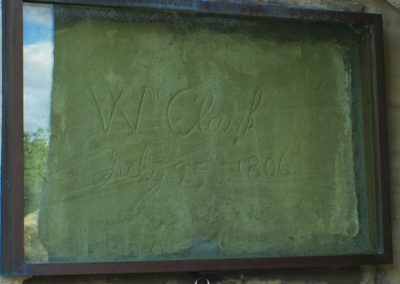
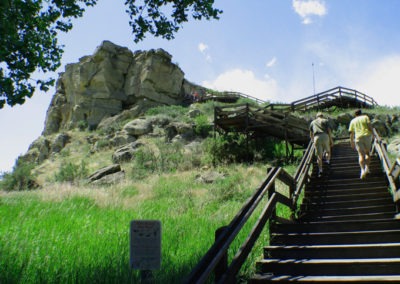
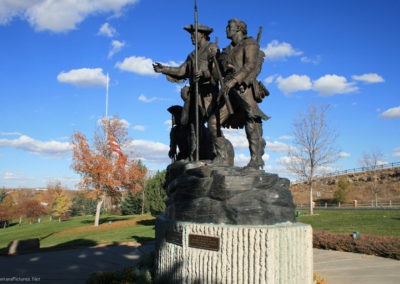
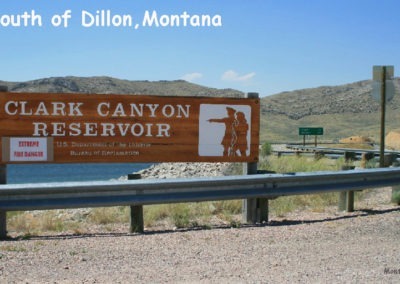
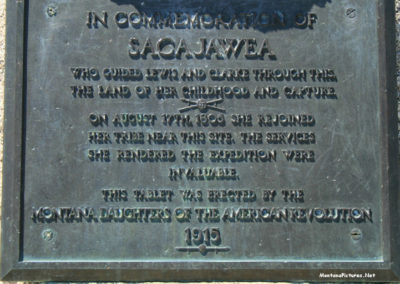
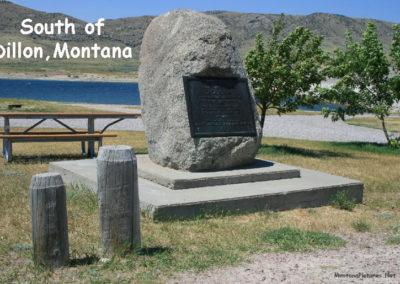
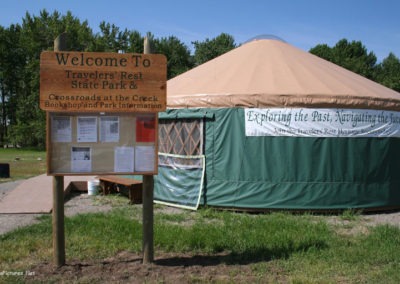
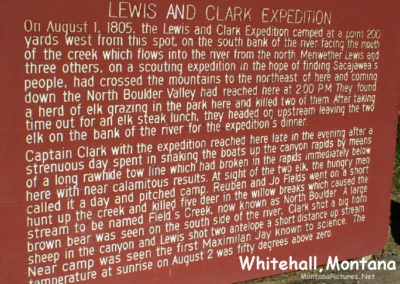
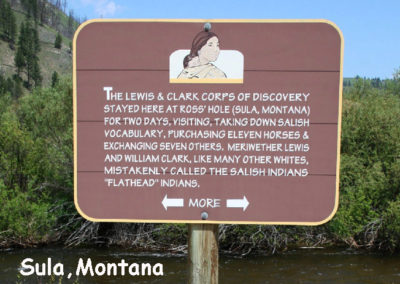
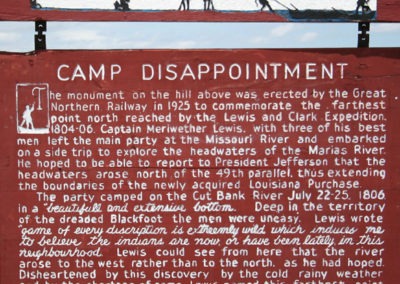
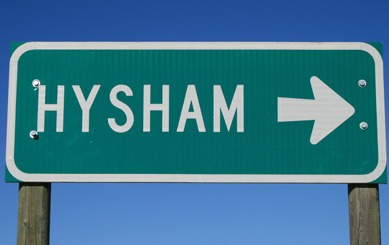
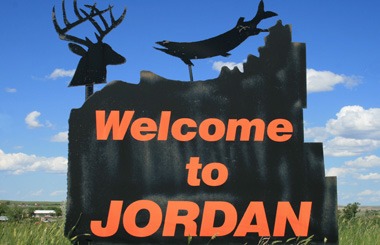
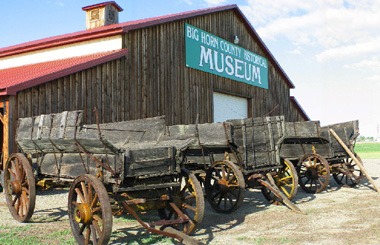
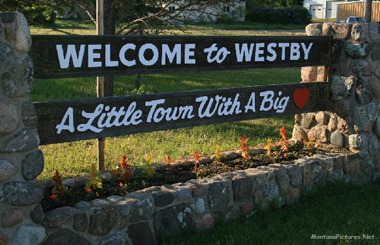
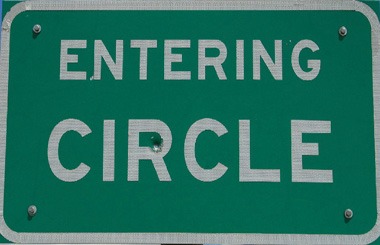
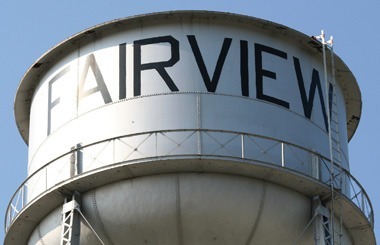
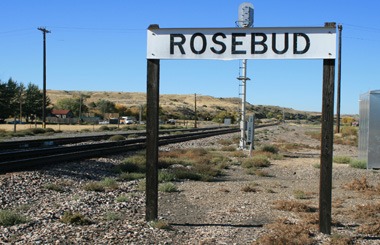
Recent Comments